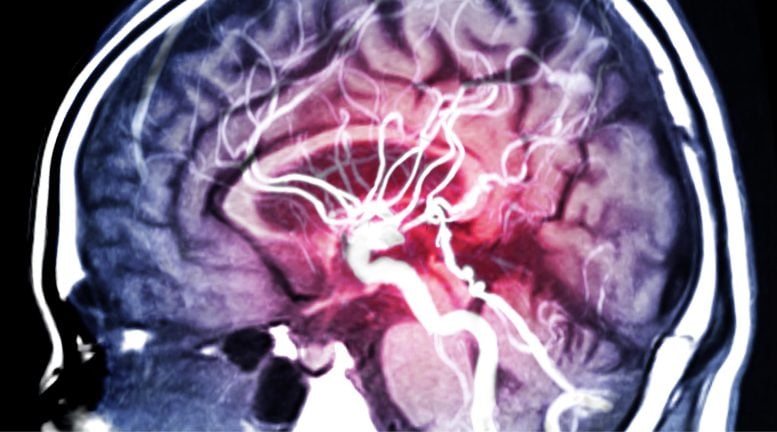
New research from a European collaboration paves the way for innovative strategies to fight atherosclerosis.
A new research study shows the existence of a connection between atherosclerotic plaques and the central nervous system. This previously unknown “circuit” involves three systemically acting tissues, the immune system, the nervous system, and the cardiovascular system. This crosstalk is functional as interference into the nervous system affects atherosclerosis progression as demonstrated in experimental models. It could be a target for innovative new therapies.
“It is an absolutely new vision. One that paves the way to new classes and previously unforeseen therapeutic strategies.” — Professor Giuseppe Lembo
Composed of an accumulation of cholesterol, fibrous tissue, and immune cells, plaques represent the hallmark of atherosclerosis. The consequences, from heart attack to stroke to peripheral artery occlusion disease, constitute the main cause of death worldwide claiming 3.9 million deaths per year in Europe alone.
Published on April 27, 2022, in the journal Nature, the study involved both experimental models and human tissues, by a collaboration between I.R.C.C.S. Neuromed in Pozzilli, Italy, Ludwig-Maximilians-University of Munich, Germany, with key findings by Prof. Andreas Habenicht and Dr. Sarajo K. Mohanta, and other scientific institutions participating in the “PLAQUEFIGHT” Project, funded by the European Union.
“When there is an atherosclerotic plaque — explains Professor Daniela Carnevale, Department of Angiocardioneurology and Translational Medicine of Neuromed and full professor at the Sapienza University of Rome and senior author of the publication — aggregates of immune cells also formed in the outer connective tissue of the blood vessel called the adventitia. Interestingly, these aggregates bear similarities to a lymph node which – under healthy conditions, regulate our immune responses. Importantly, the connective tissue surrounding arteries is rich in nerve fibers that, as our work has now shown, establish a direct connection between the plaque and the brain. In fact, this adventitia tissue is used by the nervous system as main conduit to reach all organs throughout the body.”
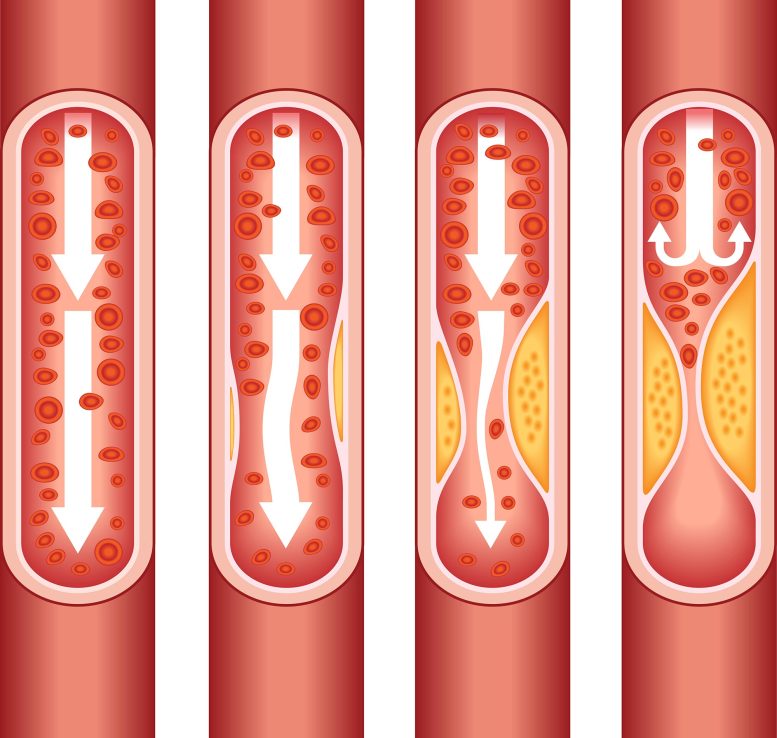
As plaque builds up in the arteries of a person with atherosclerosis, the inside of the arteries begins to narrow, which decreases or even blocks the flow of blood. Plaque can also rupture (break open). When it does, a blood clot can form on the plaque, blocking the flow of blood.
Then researchers reconstructed the entire path of nerve fibers, up to the central nervous system. “At this point — continues Carnevale — we were able to see that signals coming from the plaque, once they reach the brain, influence the autonomic nervous system through the vagus nerve (the one portion of the nervous system controlling most of our organs and visceral functions, ed) down to the spleen. Here, specific immune cells are activated and enter the blood circulation, leading to the progression of the plaques themselves.”
It is a real circuit, defined by the authors as “ABC” or “artery-brain circuit.” Like all circuits, it can be disconnected or modulated. “We performed further experiments — adds the professor — by interrupting nerve connections towards the spleen. In this way, impulses on the immune cells present in this organ are interrupted. The result of this therapeutic interruption is that plaques in the arteries not only slowed their growth, but stabilized making the disease less severe.”
Atherosclerosis is a pattern of the disease arteriosclerosis in which the wall of the artery develops abnormalities, called lesions. Because of the accumulation of atheromatous plaque, these lesions may cause narrowing of the artery. There are normally no symptoms at the start, but if they do appear, they usually begin around middle age. Depending on which arteries are involved, severe atherosclerosis can cause coronary artery disease, stroke, peripheral artery disease, or kidney problems.
Considering that stability of atherosclerotic plaque is one of the most clinically relevant traits in evaluating severity of disease, and that in this study the components of the “ABC” were identified also in isolated human arteries affected by atherosclerosis, the research has a very significant translational potential.
“It is an absolutely new vision,” says Professor Giuseppe Lembo, Head of the Department of Angiocardioneurology and Translational Medicine of Neuromed and full professor at the Sapienza University of Rome and senior author of the publication, “one that paves the way to new classes and previously unforeseen therapeutic strategies. One hypothesis is to act, by specific bioelectronic devices and many other potential means to affect the nerves that reach the spleen, in particular on the vagus nerve branch connected to the celiac ganglion. In other words, fighting atherosclerosis by non-pharmacological therapy.”
Reference: “Neuroimmune cardiovascular interfaces control atherosclerosis” by Sarajo K. Mohanta, Li Peng, Yuanfang Li, Shu Lu, Ting Sun, Lorenzo Carnevale, Marialuisa Perrotta, Zhe Ma, Benjamin Förstera, Karen Stanic, Chuankai Zhang, Xi Zhang, Piotr Szczepaniak, Mariaelvy Bianchini, Borhan R. Saeed, Raimondo Carnevale, Desheng Hu, Ryszard Nosalski, Fabio Pallante, Michael Beer, Donato Santovito, Ali Ertürk, Thomas C. Mettenleiter, Barbara G. Klupp, Remco T. A. Megens, Sabine Steffens, Jaroslav Pelisek, Hans-Henning Eckstein, Robert Kleemann, Livia Habenicht, Ziad Mallat, Jean-Baptiste Michel, Jürgen Bernhagen, Martin Dichgans, Giuseppe D’Agostino, Tomasz J. Guzik, Peder S. Olofsson, Changjun Yin, Christian Weber, Giuseppe Lembo, Daniela Carnevale and Andreas J. R. Habenicht, 27 April 2022, Nature.
DOI: 10.1038/s41586-022-04673-6
The PLAQUEFIGHT European project
PLAQUEFIGHT is part of the European co-financing projects “ERA-NET on Cardiovascular Diseases” (ERA-CVD), with the important contribution, for Italy, of the Ministry of Health. The international collaboration, including Italy, Germany, France and Poland, aims to clarify the relationship between atherosclerosis and the nervous system, in search of new therapeutic perspectives.
The I.R.C.C.S. Neuromed
The Institute for Research, Hospitalization and Health Care (I.R.C.C.S.) Neuromed in Pozzilli (Italy) is a landmark, at Italian and international level, for research and therapy in the field of neurological and cardiovascular diseases. A centre in which doctors, researchers, staff and the patients themselves form an alliance aimed at ensuring the best level of service and cutting-edge treatments, guided by the most advanced scientific developments.

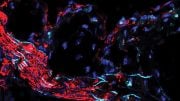
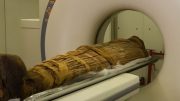
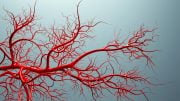
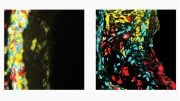
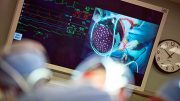
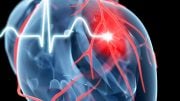
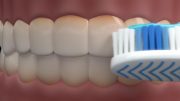

Be the first to comment on "Atherosclerotic Plaques “Talk” With the Brain – Innovative Therapies To Fight Atherosclerosis"